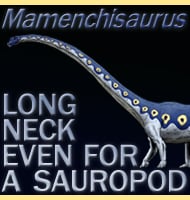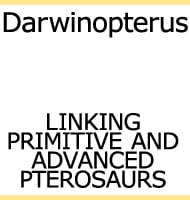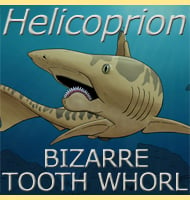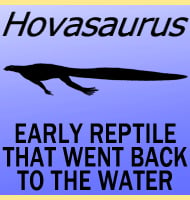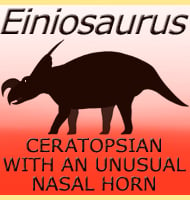In Depth
A passing glance at the dinosaur Bajadasaurus would likely bring immediate comparisons to another very popular sauropod dinosaur known as Amargasaurus. Amargasaurus made headlines when it was named because of the large spines that rose out and back from the neck, at the time making it unique amongst sauropod dinosaurs. The discovery of Bajadasaurus however now shows us that Amargasaurus was not the only sauropod dinosaur to have these enlarged spines. However, whereas the spines of Amargasaurus face backwards, those of Bajadasaurus pointed forwards. Since the early restorations of both of these dinosaurs showing the spines exposed, new studies now suggest that the spines were not exposed, but instead supported fleshy growths.
Bajadasaurus was a dicraeosaurid sauropod dinosaur. Thought to be derived from the earlier diplodocid sauropods dicraeosaurids had reasonably stocky bodies. Thin tails and fairly short necks, at least when compared to other type of sauropod dinosaurs. Dicraeosaurid sauropods are most likely to have been low browsers, feeding upon the lowest growing plants. Inner ear reconstruction of many of these genera (when fossil study permits) confirms that the resting head angle posture of these sauropods was with the mouth pointing down, not forwards. For most of these genera this had led to speculation that vision was somewhat limited, but the available skull structure of Bajadasaurus has revealed something different. The bones above the eye sockets are angled in such a way that the eyes could have faced forwards even when the head was angled low to the ground. This was an almost unique discovery, with the first time it was identified was in the related dicraeosaurid sauropod dinosaur Lingwulong which was named roughly a year before Bajadasaurus. There is even suggestion that eyes that angled to the crown of Bajadasaurus may have even allowed for a limited scope of stereoscopic vision, something that would be very rare not just for sauropod dinosaurs but for herbivores in general.
Further Reading
- A new long-spined dinosaur from Patagonia sheds light on sauropod defense system. - Scientific Reports 9:1392:1-10. - P. A. Gallina, S. Apestegu�a, J. I. Canale & A. Haluza - 2019. – Osteohistology of the hyperelongate hemispinous processes of Amargasaurus cazaui (Dinosauria: Sauropoda): Implications for soft tissue reconstruction and functional significance. – Journal of Anatomy. 240 (6): 1005–1019. – Ignacio A. Cerda, Fernando E. Novas, Jos� Luis Carballido & Leonardo Salgado – 2022.

